Category: Cattle
-

Adrenodoxin and Adrenodoxin reductase
Adrenal ferredoxin (also adrenodoxin (ADX), adrenodoxin, mitochondrial, hepatoredoxin, ferredoxin-1 (FDX1)) is a protein that in humans is encoded by the FDX1 gene. In addition to the expressed gene at this chromosomal locus (11q22), there are pseudogenes located on chromosomes 20 and 21. Function Adrenodoxin is a small iron-sulfur protein that can accept and carry a single electron. Adrenodoxin functions as an electron transfer protein in the…
-

Phototropins are part of the phototropic sensory system in plants that causes various environmental responses in plants
Phototropins are photoreceptor proteins (more specifically, flavoproteins) that mediate phototropism responses in various species of algae, fungi and higher plants. Note: Flavoproteins are proteins that contain a nucleic acid derivative of riboflavin. These proteins are involved in a wide array of biological processes, including removal of radicals contributing to oxidative stress, photosynthesis, and DNA repair. The flavoproteins are some of the most-studied families of enzymes. Flavoproteins have either FMN (flavin mononucleotide) or FAD…
-

Indoleamine-pyrrole 2,3-dioxygenase (IDO or INDO) is involved in tryptophan metabolism
Indoleamine-pyrrole 2,3-dioxygenase (IDO or INDO EC 1.13.11.52) is a heme-containing enzyme physiologically expressed in a number of tissues and cells, such as the small intestine, lungs, female genital tract or placenta. In humans is encoded by the IDO1 gene. IDO is involved in tryptophan metabolism. It is one of three enzymes that catalyze the first and rate-limiting step in the kynurenine pathway, the O2-dependent oxidation of L-tryptophan to N-formylkynurenine, the others being indolamine-2,3-dioxygenase 2 (IDO2) and tryptophan 2,3-dioxygenase…
-

Kynureninase or L-Kynurenine hydrolase (KYNU) is part of the pathway for the catabolism of Trp and the biosynthesis of NAD cofactors from tryptophan (Trp).
Kynureninase or L-Kynurenine hydrolase (KYNU) (EC 3.7.1.3) is a PLP dependent enzyme that catalyses the cleavage of kynurenine (Kyn) into anthranilic acid (Ant). It can also act on 3-hydroxykynurenine (to produce 3-hydroxyanthranilate) and some other (3-arylcarbonyl)-alanines. Note: 3-Hydroxykynurenine is a metabolite of tryptophan, which filters UV light in the human lens. It is one of two pigments identified as responsible for the goldenrod crab spider‘s (Misumena vatia) yellow coloration. 3-Hydroxyanthranilic acid is an intermediate in the metabolism of tryptophan. It…
-

Ommochrome (visual pigment) and Kynurenine (a metabolite of the amino acid l-tryptophan used in the production of niacin)
Ommochrome (or visual pigment) refers to several biological pigments that occur in the eyes of crustaceans and insects. The eye color is determined by the ommochromes. Ommochromes are also found in the chromatophores of cephalopods, and in spiders. Ommochromes are metabolites of tryptophan, via kynurenine and 3-hydroxykynurenine. They are responsible for a wide variety of colors, ranging from yellow over red and brown to black. Lighter colors tend to be generated by ommatins,…
-
Mycoestrogens are xenoestrogens produced by fungi. They are sometimes referred to as mycotoxins.
Among important mycoestrogens are zearalenone, zearalenol and zearalanol. Although all of these can be produced by various Fusarium species, zearalenol and zearalanol may also be produced endogenously in ruminants that have ingested zearalenone. Alpha-zearalanol is also produced semisynthetically, for veterinary use; such use is prohibited in the European Union. Sources Mycoestrogens are produced by various strains of fungi, many of which fall…
-

“Ye therefore, who seek in science a means to satisfy your passions, pause in this fatal way: you will find nothing but madness or death.”
This is the meaning of the vulgar tradition that the devil ends sooner or later by strangling sorcerers. Eliphas Levi, Transcendental Magic Also… “We have said that impassioned ecstasy may produce the same results as absolute superiority, and this is true as to the issue but not as to the direction of magical operations. Passion…
-
Pineal gland notes
The pineal gland, conarium, or epiphysis cerebri, is a small endocrine gland in the brain of most vertebrates. The pineal gland produces melatonin, a serotonin-derived hormone which modulates sleep patterns in both circadian and seasonal cycles. The shape of the gland resembles a pine cone, which gives it its name. The pineal gland is located in the epithalamus, near the center of the brain, between the two hemispheres, tucked in a groove where the two halves…
-
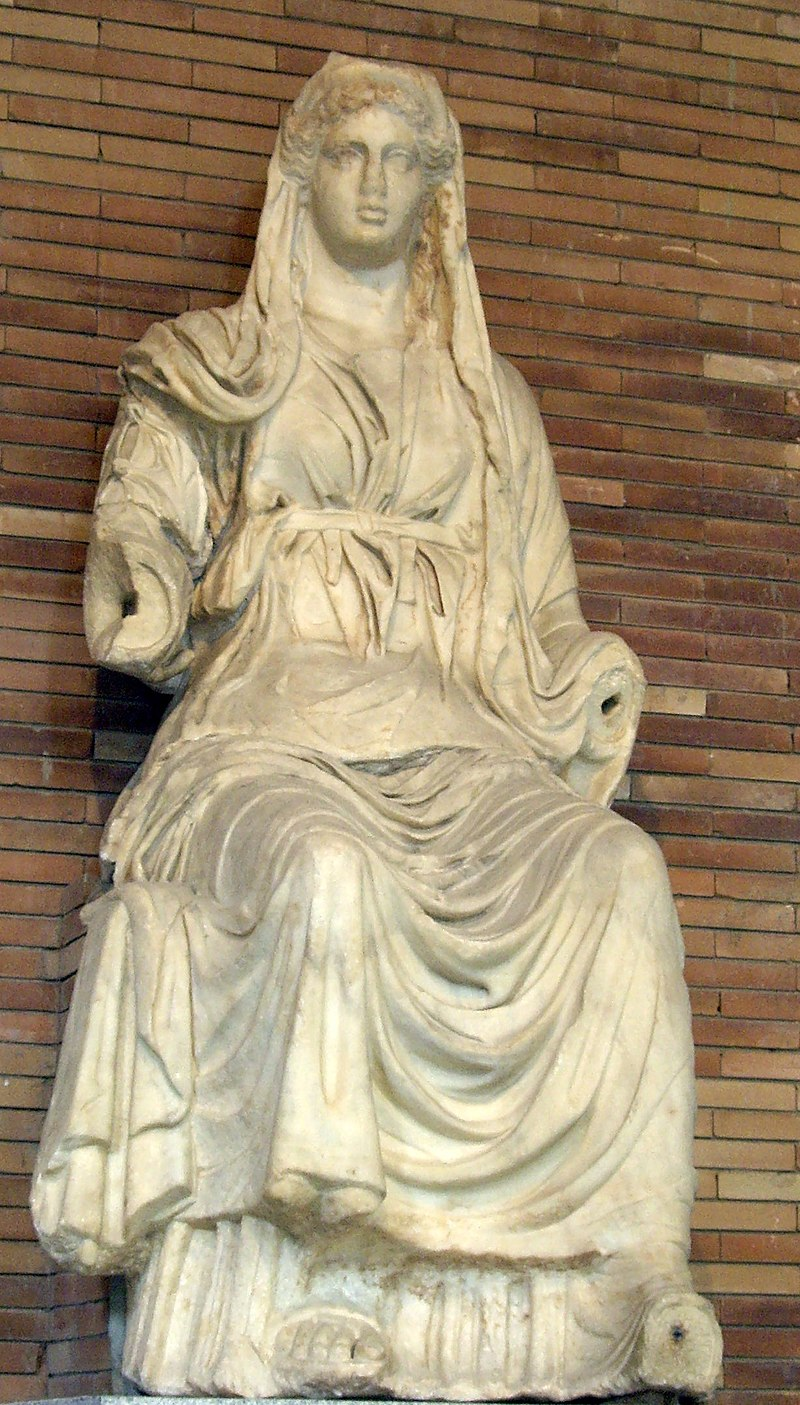
Ceres, Roman goddess
In ancient Roman religion, Ceres was a goddess of agriculture, grain crops, fertility and motherly relationships. She was originally the central deity in Rome’s so-called plebeian or Aventine Triad, then was paired with her daughter Proserpina in what Romans described as “the Greek rites of Ceres”. Her seven-day April festival of Cerealia included the popular Ludi Ceriales (Ceres’ games). She was also honoured in the May lustration (lustratio) of the fields at the Ambarvalia festival: at…
-
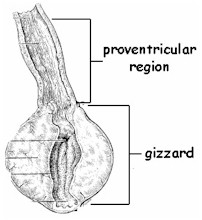
The lactating birds and the bees (gastrin, pepsin, etc)
Crop milk is a secretion from the lining of the crop of parent birds that is regurgitated to young birds. It is found among all pigeons and doves where it is referred to as pigeon milk. An analog to crop milk is also secreted from the esophagus of flamingos and the male emperor penguin. Description Crop milk bears little physical resemblance to mammalian milk. Crop milk is a…
-
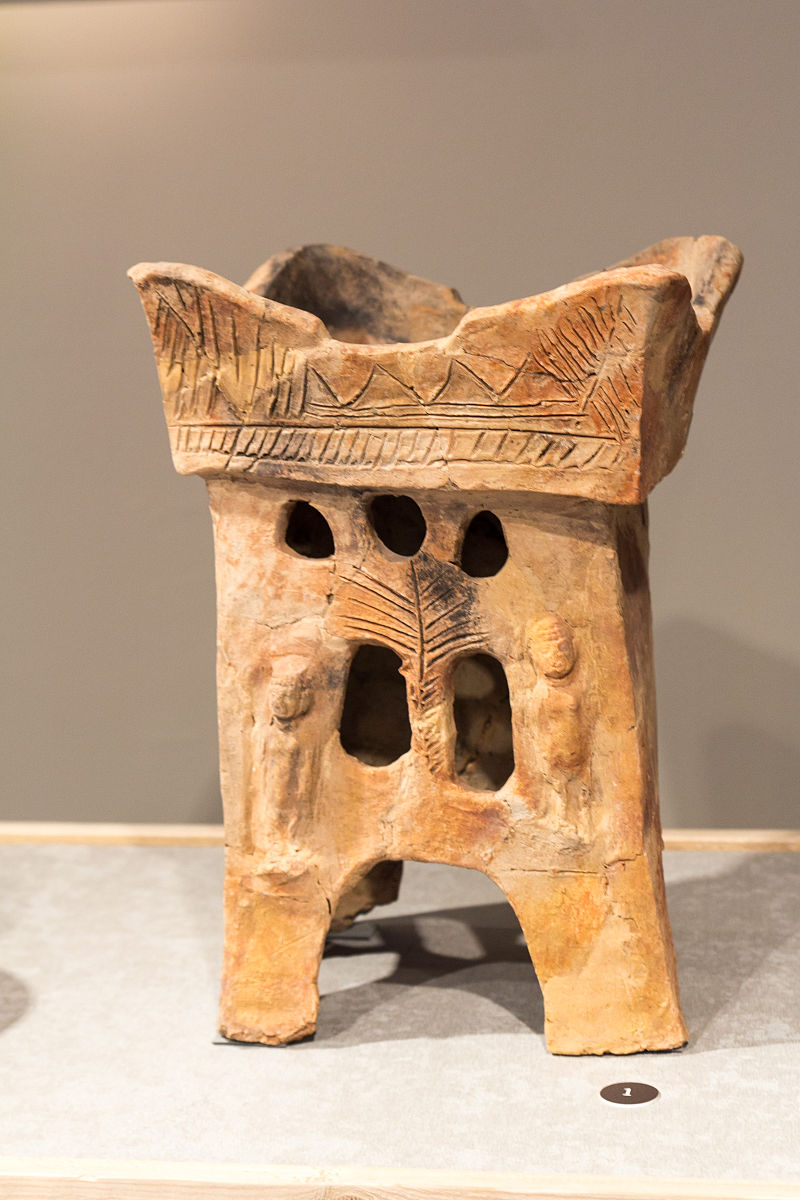
Asherah and Asherim notes
In the ancient Levant, doves were used as symbols for the Canaanite mother goddess Asherah. The Canaanite religion was the group of ancient Semitic religions practiced by the Canaanites living in the ancient Levant from at least the early Bronze Age through the first centuries AD. Canaanite religion was polytheistic and, in some cases, monolatristic. Some gods and goddesses were absorbed into the Yahwist religion of the ancient Israelites, notably El (who later became synonymous with Yahweh), Baal and Asherah, until…
-

Columbidae anatomy and physiology notes
Overall, the anatomy of Columbidae is characterized by short legs, short bills with a fleshy cere, and small heads on large, compact bodies. Like some other birds, the Columbidae have no gall bladders. Some medieval naturalists concluded they have no bile (gall), which in the medieval theory of the four humours explained the allegedly sweet disposition of doves. In fact, however, they do have bile (as Aristotle had…
-

Nasu aka Nasa (Zoroastrianism) and Tower of Silence
Nasu (Also; Druj Nasu, Nasa, Nas, Nasuš) is the Avestan name of the female Zoroastrian demon (daeva) of corpse matter. She resides in the north (Vendidad. 7:2), where the Zoroastrian hell lies. Nasu takes the form of a fly, and is the manifestation of the decay and contamination of corpses (nasa) (Bundahishn. 28:29). When a death occurs, Nasu inhabits the…
-
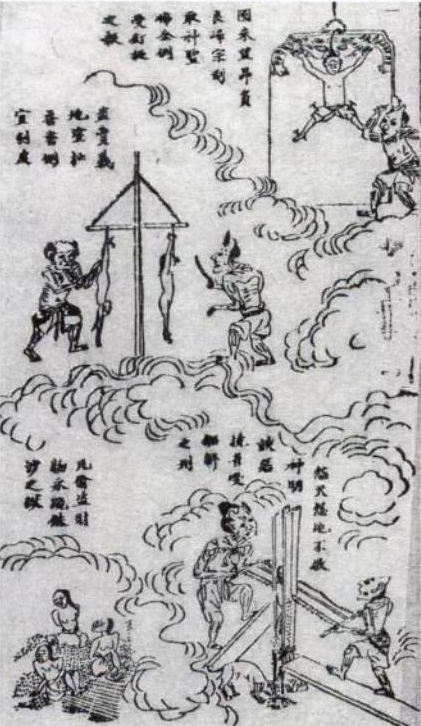
Diyu (‘earth prison’) is the realm of the dead in Chinese mythology
Diyu (simplified Chinese: 地狱; traditional Chinese: 地獄; pinyin: dìyù; lit. ‘earth prison’) is the realm of the dead or “hell” in Chinese mythology. It is loosely based on a combination of the Buddhist concept of Naraka, traditional Chinese beliefs about the afterlife, and a variety of popular expansions and reinterpretations of these two traditions. The concept parallels purgatory in certain Christian denomininations. Diyu is typically depicted as a…
-
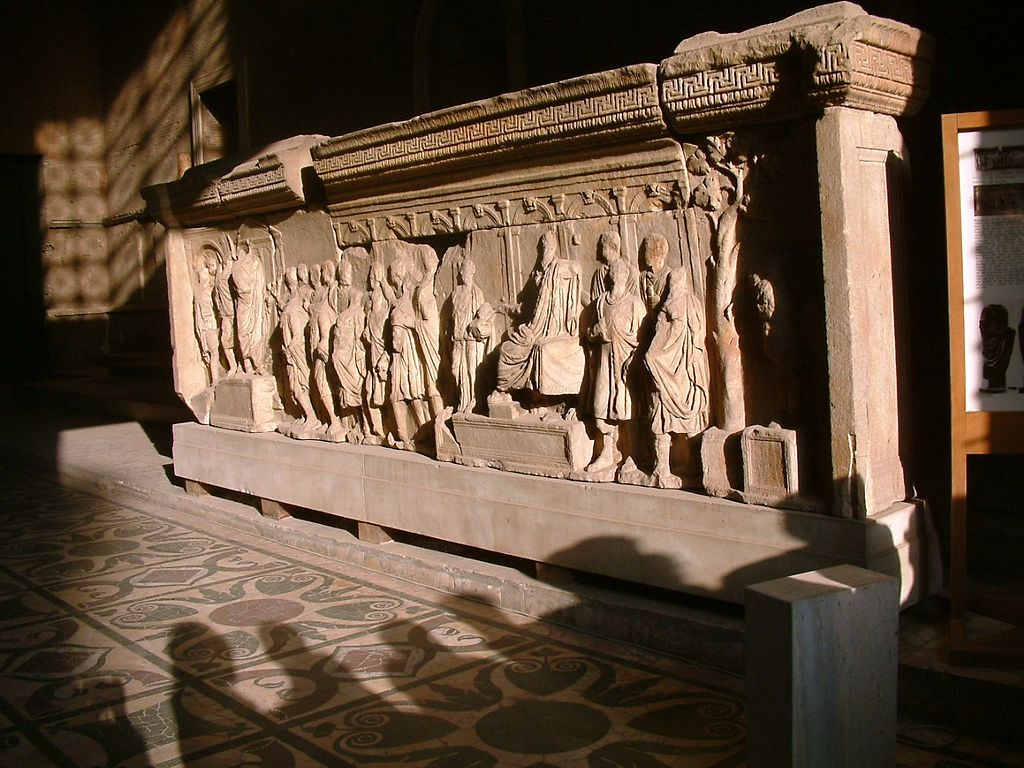
Pluteus (sculpture)
In architecture and sculpture, a pluteus (plural plutei) is a balustrade made up of massive rectangular slabs of wood, stone or metal, which divides part of a building in half; in a church they fulfil the same function as an iconostasis or rood screen, separating the nave from the chancel. They are decorated with frames in relief or richly decorated with figures or geometric…
-

Tiresias was a blind prophet who was transformed into a woman for seven years
In Greek mythology, Tiresias was a blind prophet of Apollo in Thebes, famous for clairvoyance and for being transformed into a woman for seven years. He was the son of the shepherd Everes and the nymph Chariclo. Tiresias participated fully in seven generations in Thebes, beginning as advisor to Cadmus himself. Mythology Eighteen allusions to mythic Tiresias, noted by Luc Brisson, fall into three groups: the first recounts Tiresias’ sex-change episode and later his…
Recent Posts
- 🧬 Disease Table with Low Sodium Connection
- 🧂 Sodium Reduction and Sodium Replacement: A History of Reformulation and Exploding Diseases, Including Many Diseases Unheard of Before Deadly Sodium Policies
- 🧂 The DEADLY 1500 mg Sodium Recommendation predates the WHO’s formal global sodium reduction push by nearly a decade (and it’s even worse than that)
- 🧬 What Is Beta-Glucuronidase?
- When Sugar Was Salt: Crystalline Confusion and the Covenant of Sweetness
Tags
ADAM ASPARTAME Birds Blood Bones Brain Bugs Cancer Columba Cows crystallography Death Death cults Eggs Etymology Gastrin Gold Growth hormone History Hormones Insulin Liver Mere Perplexity Metal Monkey Business Mythology Paracetamol Plants Poison Pregnancy Protein Religion Reproduction Rocks Salt Slavery Snakes Sodium the birds and the bees Thiocyanate Tobacco Tylenol Underworld Venom zinc